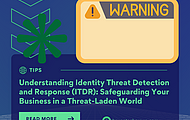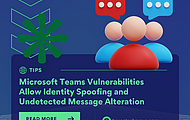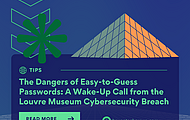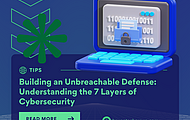Developing a Policy for Remote Workers' Cybersecurity
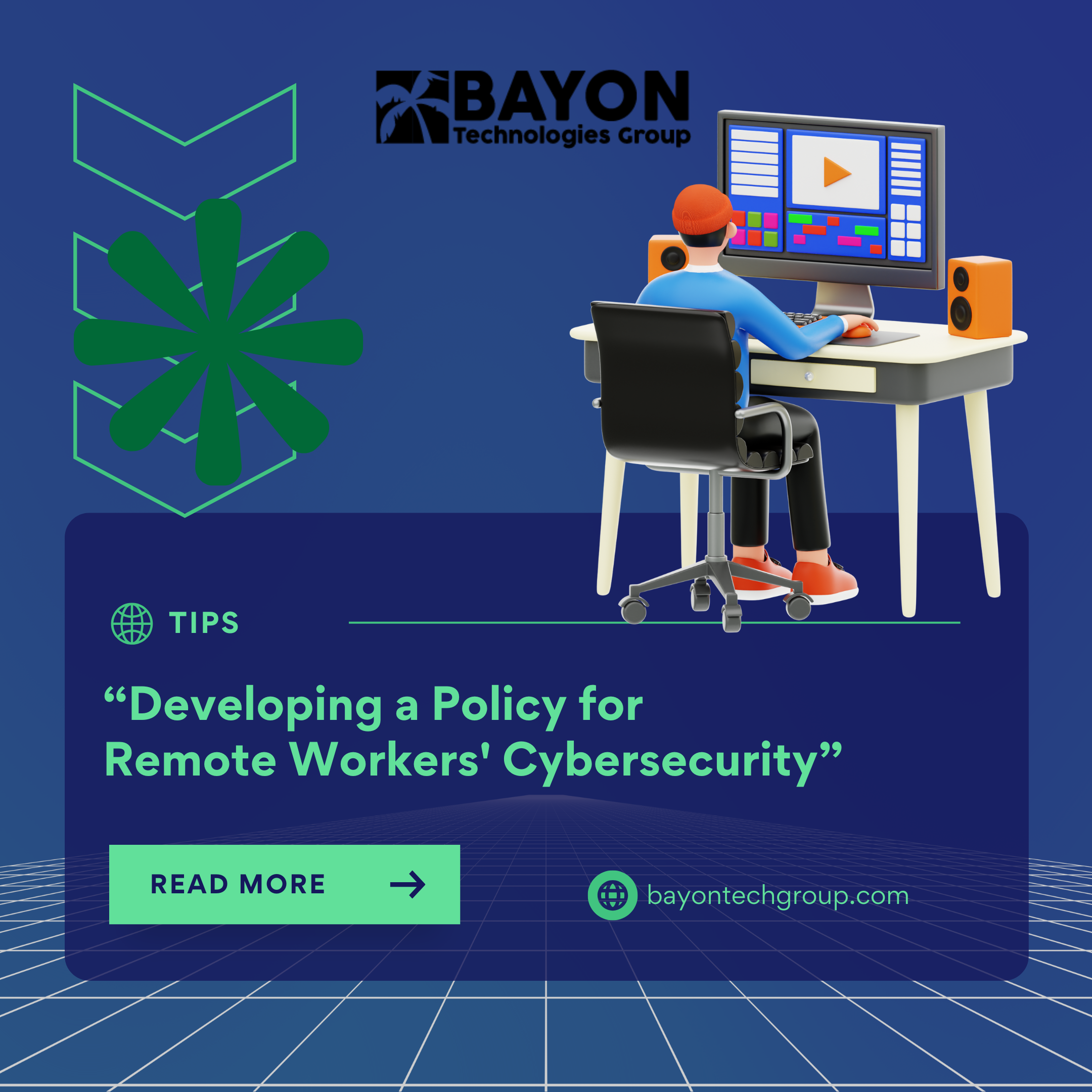
Businesses are dealing with increased cybersecurity concerns as remote employment becomes more common. Cybercriminals target remote workers because they frequently utilize personal devices and unprotected networks. Establishing a strong cybersecurity policy is crucial to safeguarding private information and guaranteeing a secure online environment.
The Dangers of Remote Work for Cybersecurity
Although working remotely might be convenient and flexible, there are risks involved. According to a recent poll, 23% of companies reported increased cybersecurity problems following adopting remote work. Typical dangers consist of:
- Outdated Software: Workers who use antiquated computers risk introducing malware into networks.
- Unsecured Platforms: Sharing private data through insecure networks leaves room for security breaches.
- Weak Password Practices: Unauthorized access may result from a failure to change or strengthen passwords.
The first step in creating a successful cybersecurity plan is identifying these risks.
How to Draft a Policy on Cybersecurity for Remote Employees
1- Evaluate Your Present Cybersecurity Environment
- Start with comprehending the current security posture of your company:
- To find vulnerabilities in software, tools, and procedures, do a security audit.
- Assess the suitability of the available tools, including encryption mechanisms and file-sharing websites.
- Examine the gadgets that staff members are using and think about supplying equipment that has been approved by the business.
2- Establish Unambiguous Rules for Safe Remote Practices
To guarantee compliance, clear and practical rules are essential. Security and usability should be balanced in policies. For instance:
- To make creating and storing secure passwords easier, use password managers.
- Provide adaptable options that promote work-life balance, such as secure mobile access.
- Inform staff members of the value of procedures, highlighting how they safeguard the business and people.
3- Use strong password policies and multi-factor authentication (MFA).
Important security levels are added with MFA and strong passwords. Put the following into practice:
- Demand that passwords contain a combination of letters, numbers, and symbols and be at least 12 characters long.
- Promote the usage of password management systems that are encrypted.
- To reduce risks, enforce password changes every six months.
4- Make Company Resources Securely Accessible
To guarantee smooth and safe cooperation, put into practice:
- Data sent between staff members and company servers can be encrypted via virtual private networks or VPNs.
- Before allowing access, the Zero Trust Architecture validates each user and device.
5- Create an incident response plan or IRP.
Even with the finest security measures, breaches can happen. A thorough IRP can hasten recovery and reduce harm. Incorporate:
- Clearly defined roles and duties for incident management.
- Explicit reporting guidelines for staff members to inform the IT department.
- Response protocols for common threats, such as ransomware or phishing, have been documented.
- A plan for communication to keep stakeholders informed.
Conclusion
Protecting a remote workforce requires a proactive approach. By assessing vulnerabilities, setting clear guidelines, implementing advanced security measures, and preparing for incidents, businesses can operate confidently in a remote environment.
For expert assistance in creating and implementing a tailored cybersecurity policy, contact Bayon Technologies Group today for a free consultation. Safeguard your business with our comprehensive cybersecurity solutions.
‹ Back



